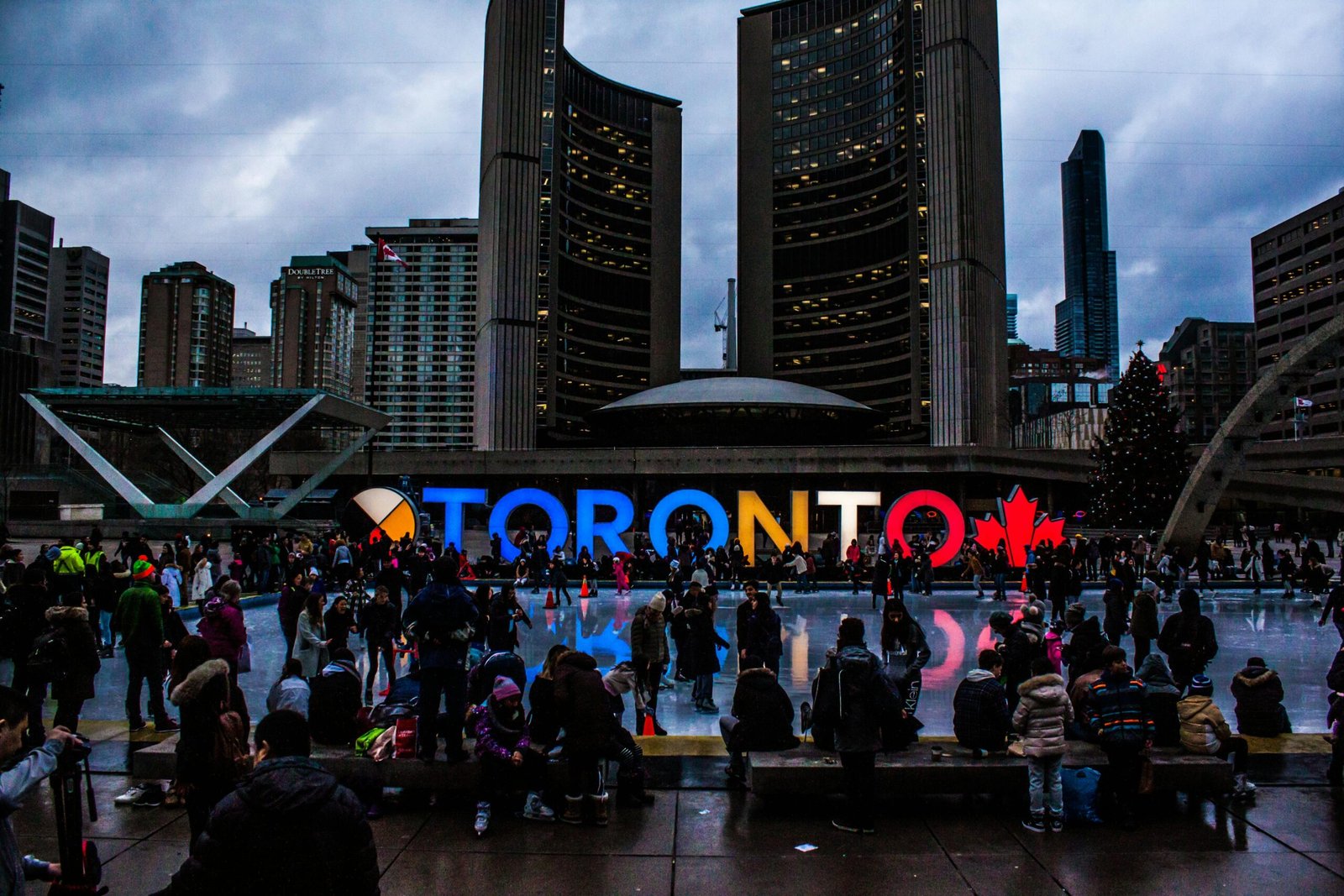
From Kathmandu to Canada: A Nepali Student’s Roadmap
After guiding dozens of Nepali students through the Canadian university application maze, I’ve learned what works and what doesn’t. Here’s my practical, no-nonsense guide to getting your Canadian study dreams off the ground.
Finding Your Educational Home
Canadian universities offer world-class education across diverse specializations. Look beyond the rankings and consider:
- Program specifics rather than just university reputation
- Co-op or internship opportunities (these can be game-changers)
- Location climate (trust me, Winnipeg winters are very different from Vancouver’s)
- Cost of living (Toronto is drastically more expensive than Halifax)
- Nepali community presence (having cultural support makes adjustment easier)
My insider tip: Check university-specific graduation and employment rates for international students in your program of interest. These numbers tell you more than glossy brochures ever will.
Meeting Requirements: The Bar for Entry
For undergraduate programs, strong +2 results are essential. Most Canadian universities convert your marks to their GPA system, typically looking for 70%+ for competitive programs.
For master’s applications, Canadian institutions generally expect a bachelor’s degree with first-class standing.
English requirements typically include:
- IELTS: 6.5+ overall with no band below 6.0 for most undergraduate programs; 7.0+ for graduate studies
- TOEFL iBT: 90+ for undergraduate and 100+ for graduate programs
- PTE Academic: 60+ for undergraduate and 65+ for graduate studies
Document Preparation: The Paper Trail
Beyond basic academic documents, prepare:
- Study gap explanation (if applicable) – this is critical for Nepali students
- Statement of purpose that connects your background in Nepal to your Canadian education goals
- Proof of financial capacity showing approximately CAD $20,000-$25,000 for living expenses plus full tuition for one year
- Academic CV highlighting any research, publications, or work experience
Insider tip: Have all documents properly translated and notarized well in advance. Last-minute document issues are the number one reason I see applications delayed.
Application Timing: A Strategic Approach
Canadian universities have multiple intake periods:
- Fall (September): Main intake with most program options
- Winter (January): Limited programs available
- Summer (May): Even fewer options
Apply at least 8-10 months before your intended start date. For the fall intake, submit applications between October and January of the previous academic year.
Financial Planning: Breaking Down Costs
Be realistic about finances:
- Tuition: CAD $20,000-$35,000 per year
- Living expenses: CAD $10,000-$20,000 per year depending on location
- Health insurance: CAD $600-$1,000 per year
- Travel and initial settlement: CAD $3,000-$5,000
Scholarship opportunities include:
- Entrance scholarships (automatic consideration with application)
- Vanier Canada Graduate Scholarships (for doctoral students)
- Institution-specific international student funding
- Provincial scholarships in your university’s province
I’ve noticed many Nepali students focus only on tuition costs and overlook living expenses. Both matter equally for your study permit application.
The Study Permit Process: Your Gateway to Canada
Once accepted, apply for your study permit:
- Create an account on the Immigration, Refugees and Citizenship Canada (IRCC) website
- Complete the online application form
- Pay the CAD $150 processing fee
- Submit biometrics (CAD $85)
- Provide detailed financial documentation
Critical documents include:
- Acceptance letter
- Valid passport
- Proof of funds
- Immigration medical exam results
- Police clearance certificate
The processing time for Nepali students typically ranges from 8-12 weeks. Apply as soon as you receive your acceptance letter.
Pre-Departure Essentials
Before leaving Nepal:
- Register for a Canadian bank account online
- Research housing options (on-campus housing often has early deadlines)
- Connect with Nepali student associations at your university
- Pack appropriate clothing for Canadian seasons
My most important tip: Canada’s reputation for being friendly is well-deserved, but the initial adjustment period is still challenging. Connect with support resources early and build your network before arrival.
With determination and careful planning, thousands of Nepali students successfully make this journey each year. Focus on the requirements, prepare thoroughly, and soon you’ll be experiencing world-class Canadian education firsthand.




